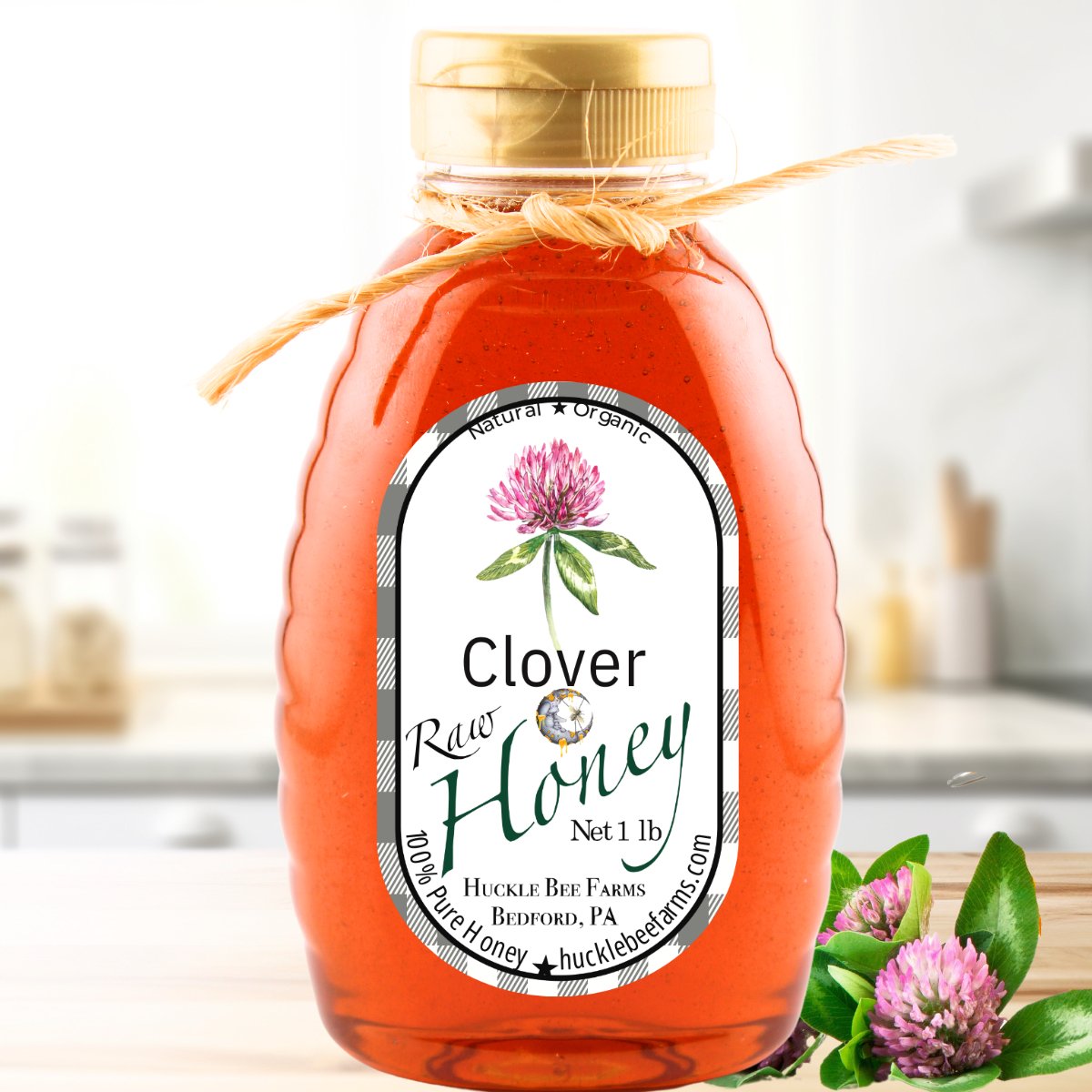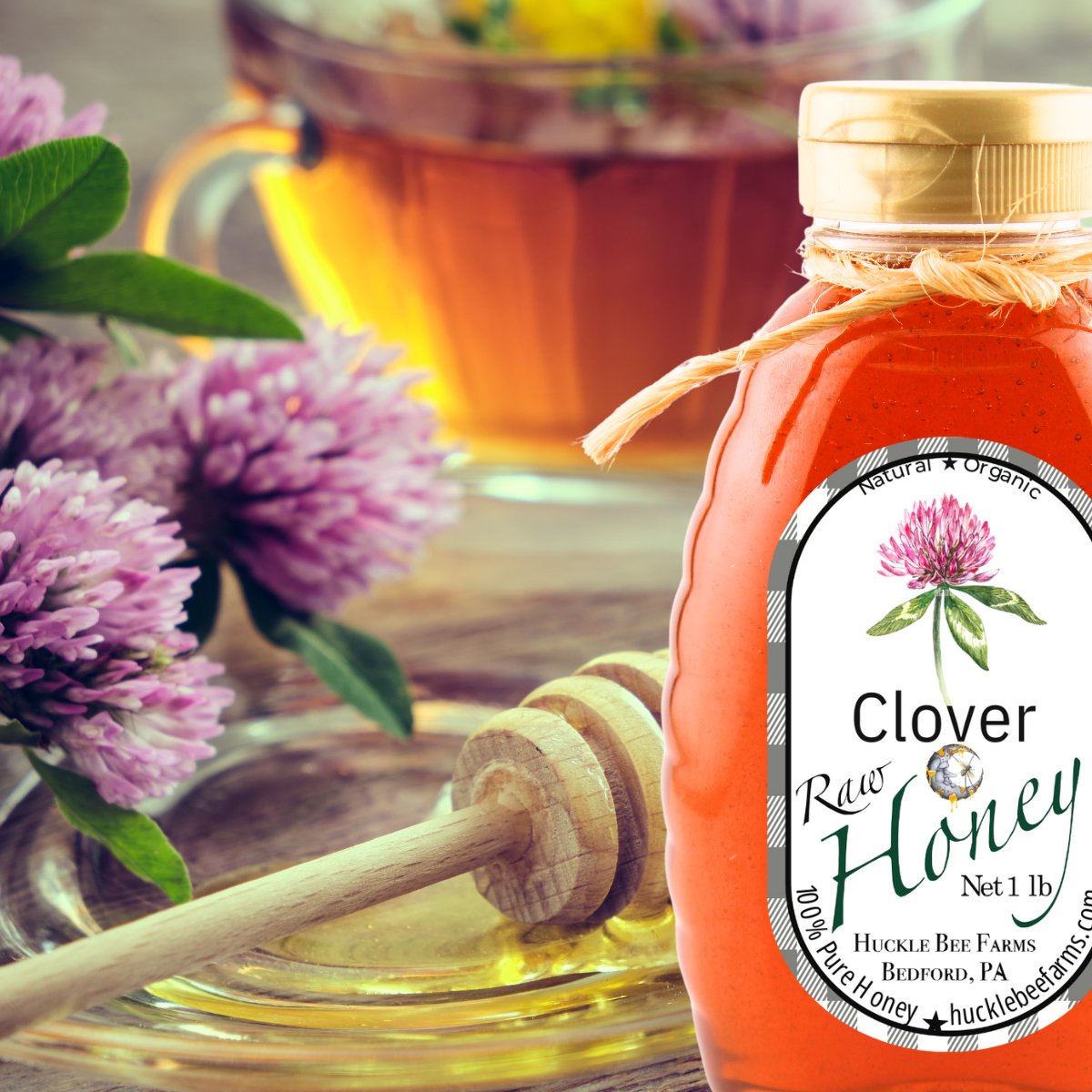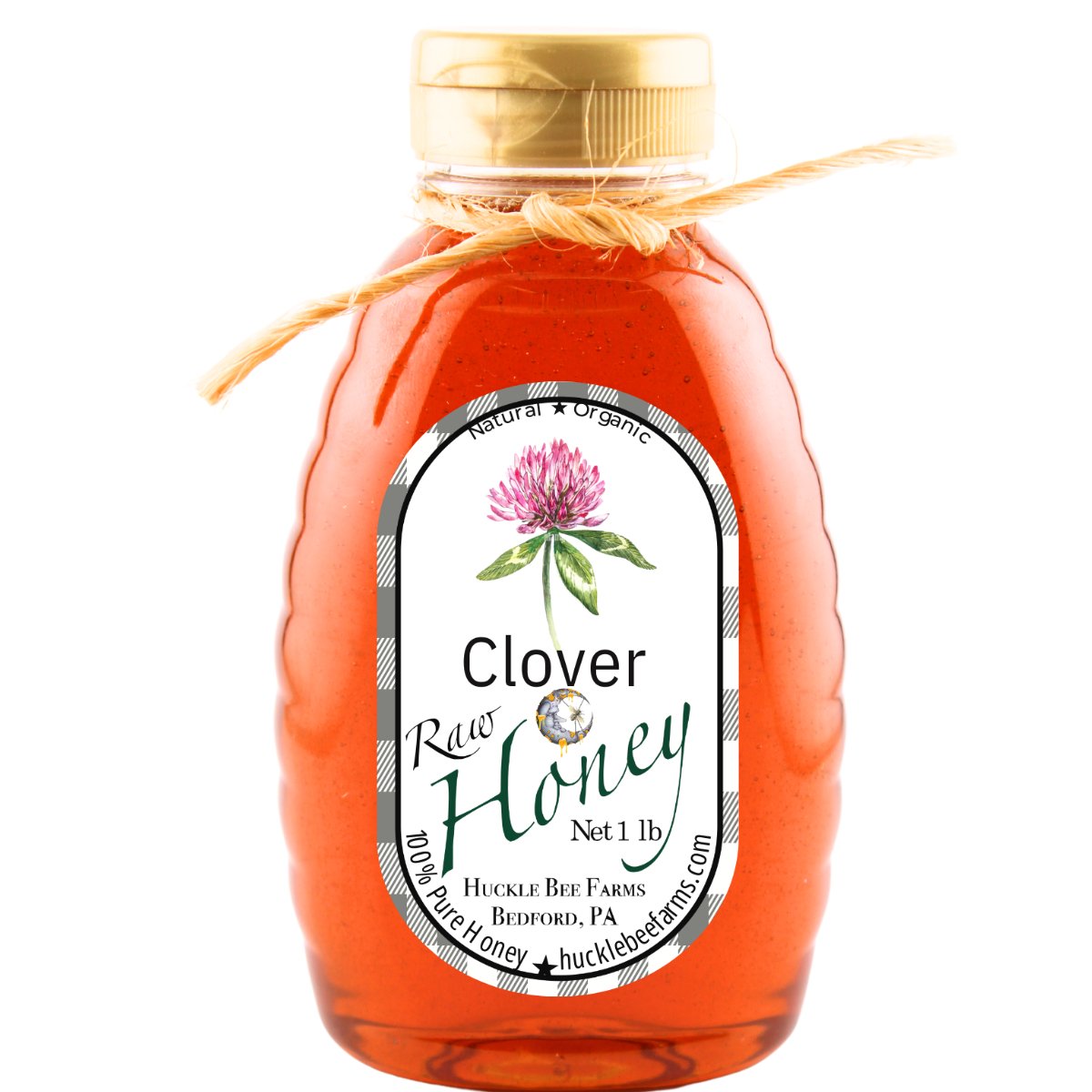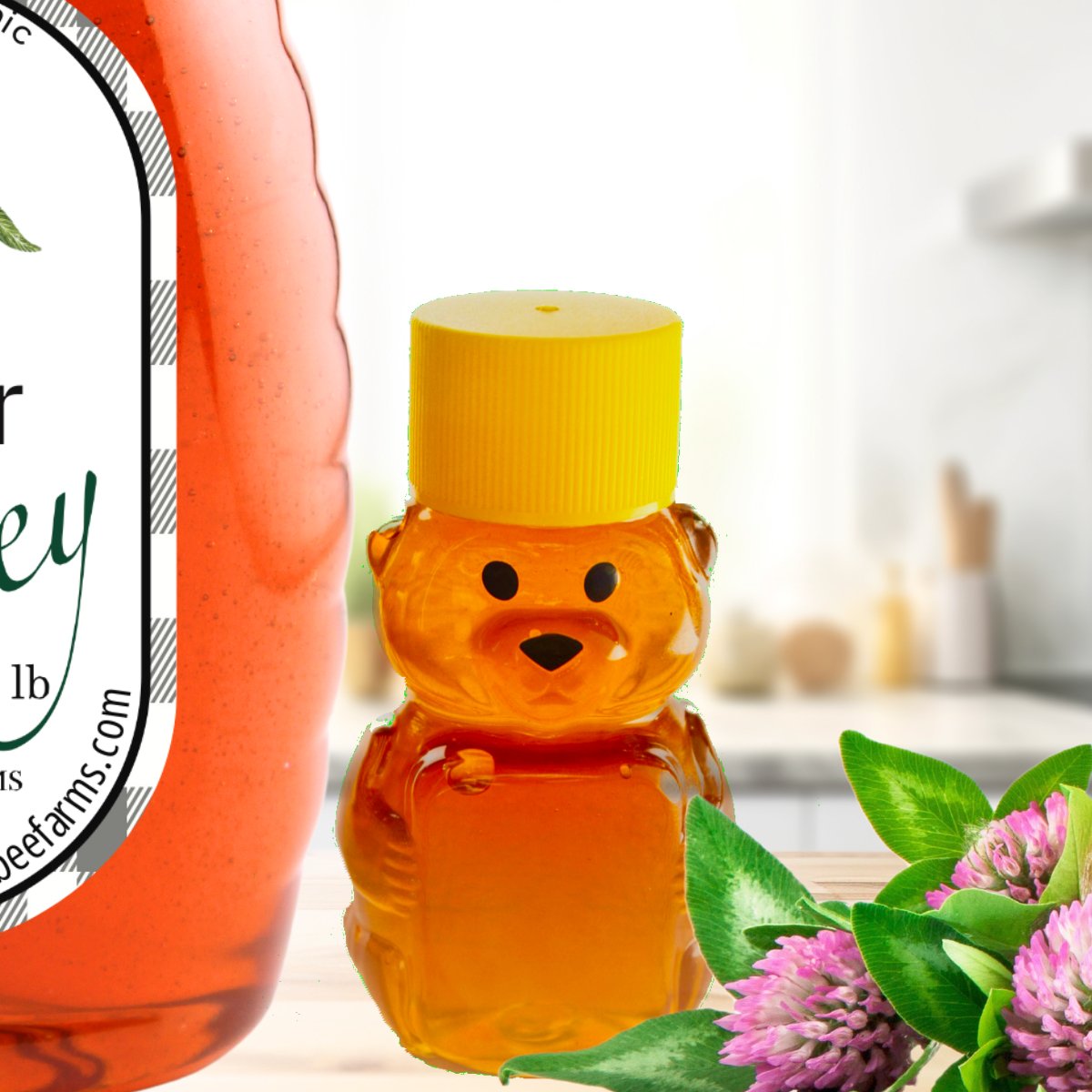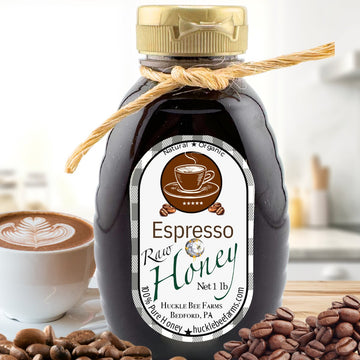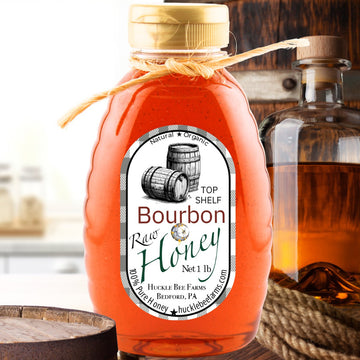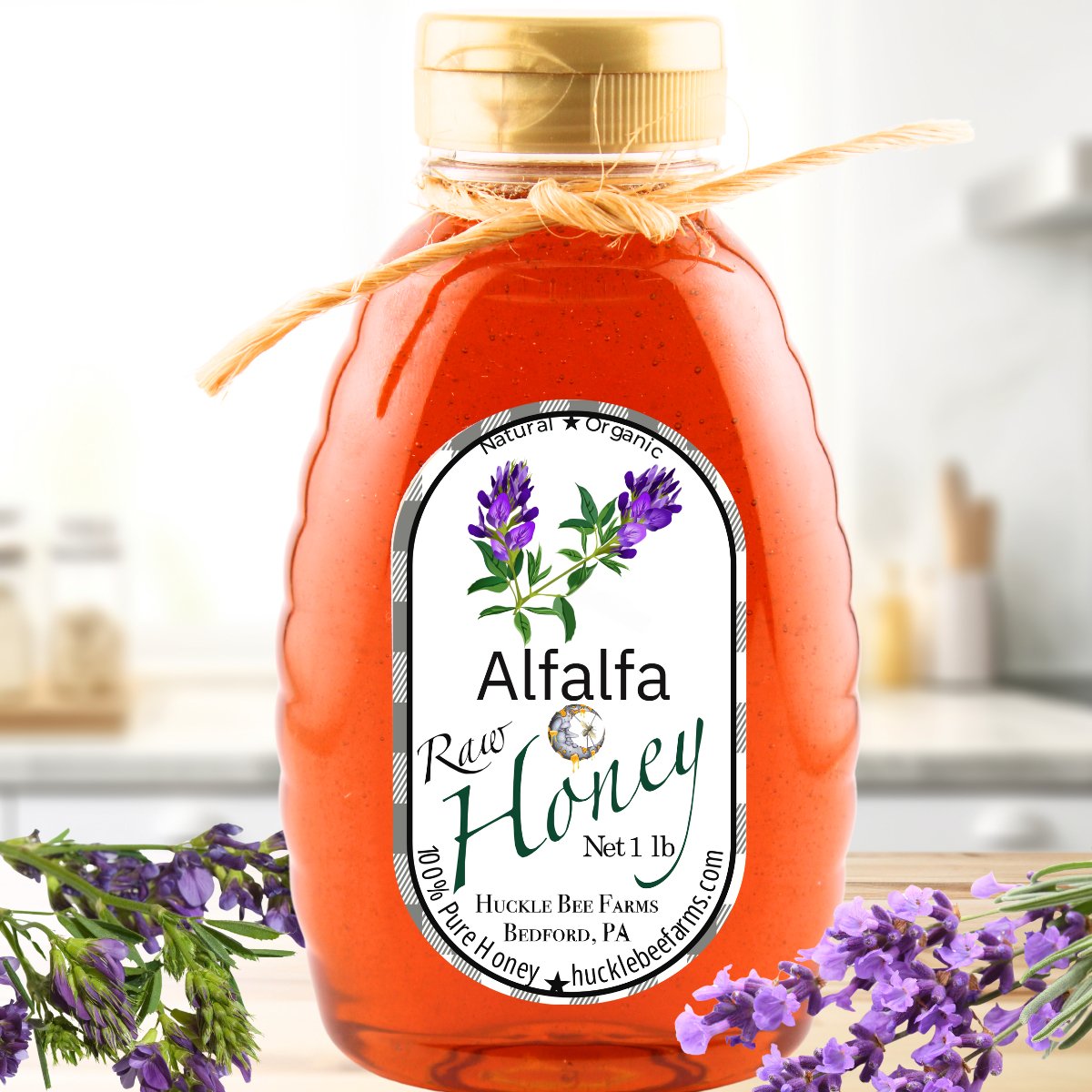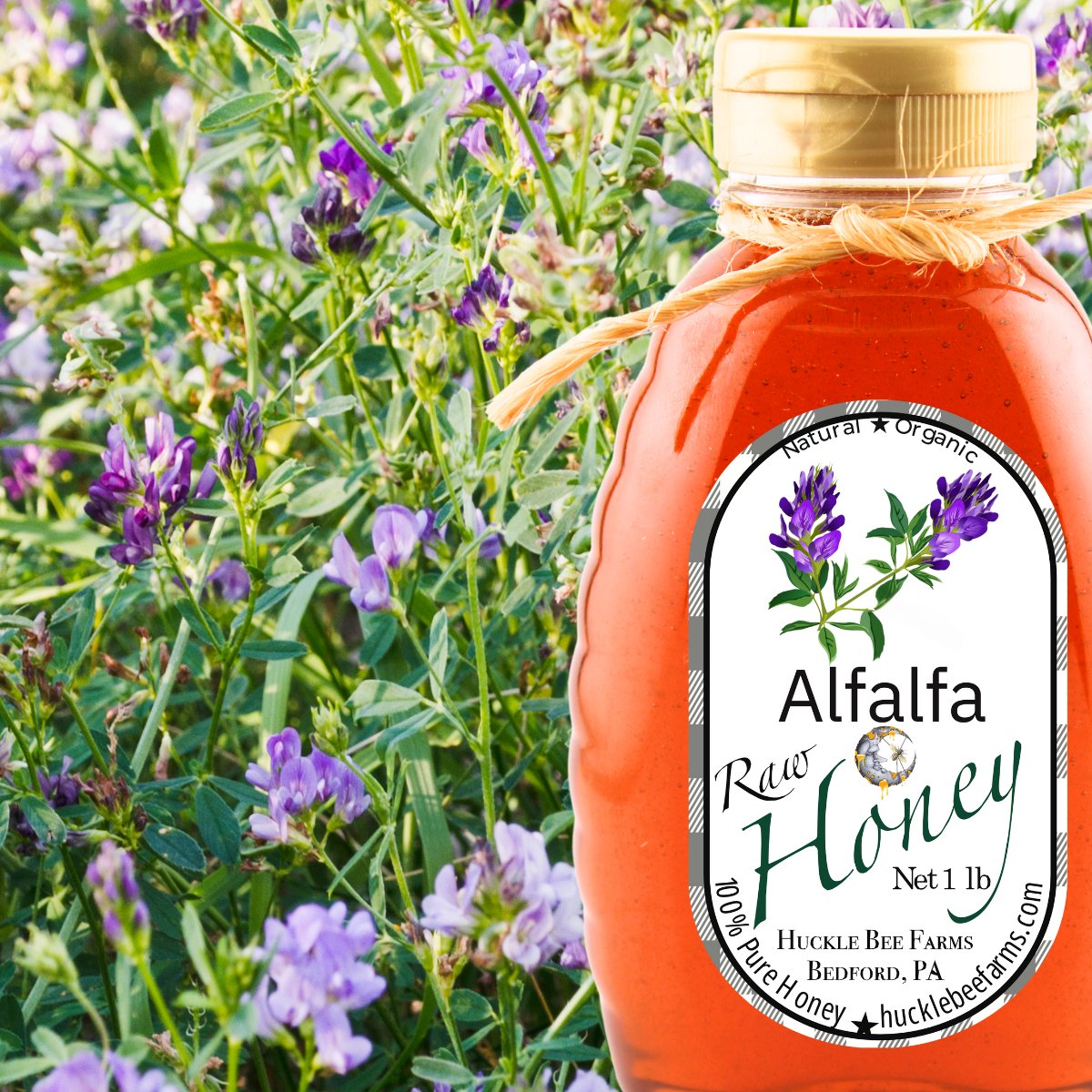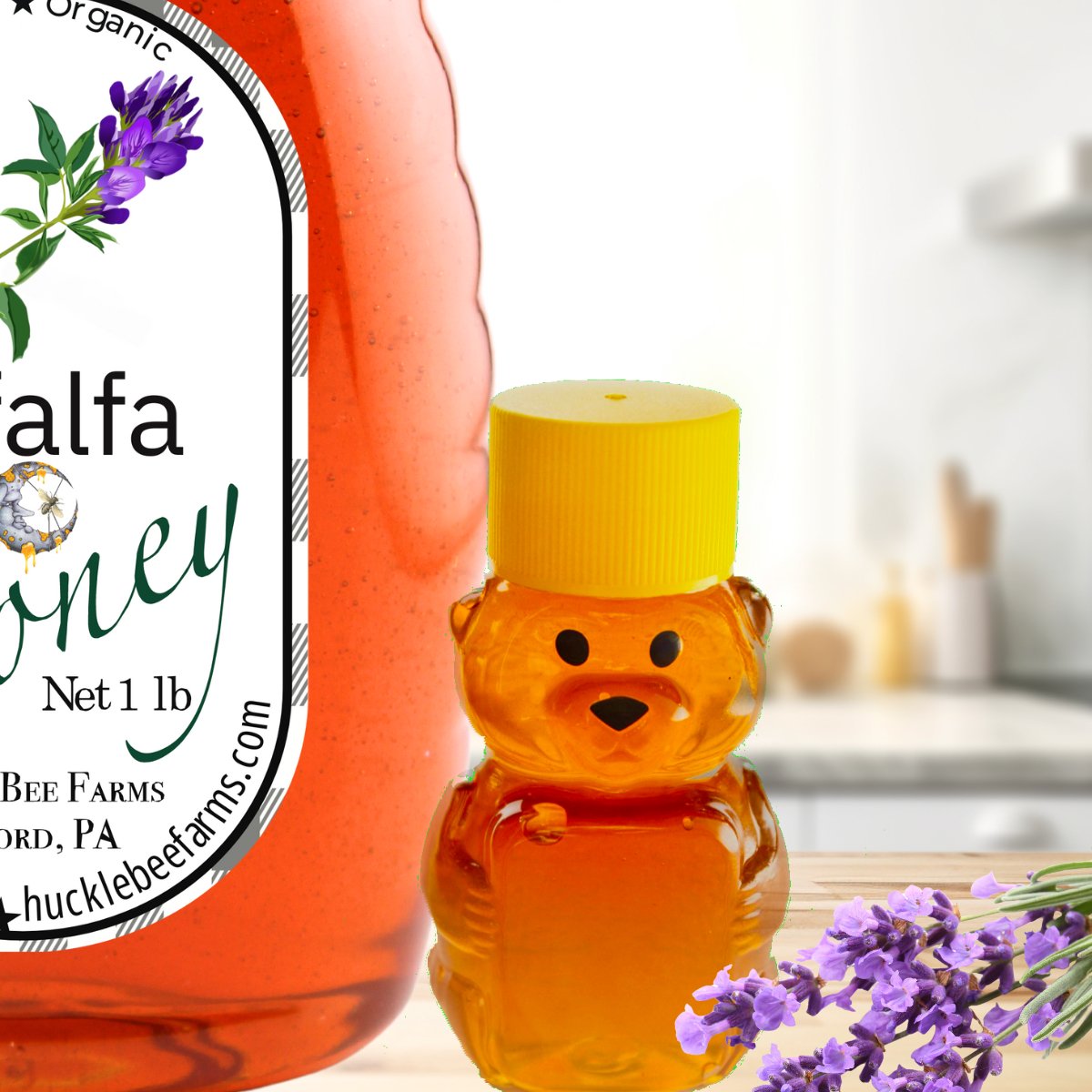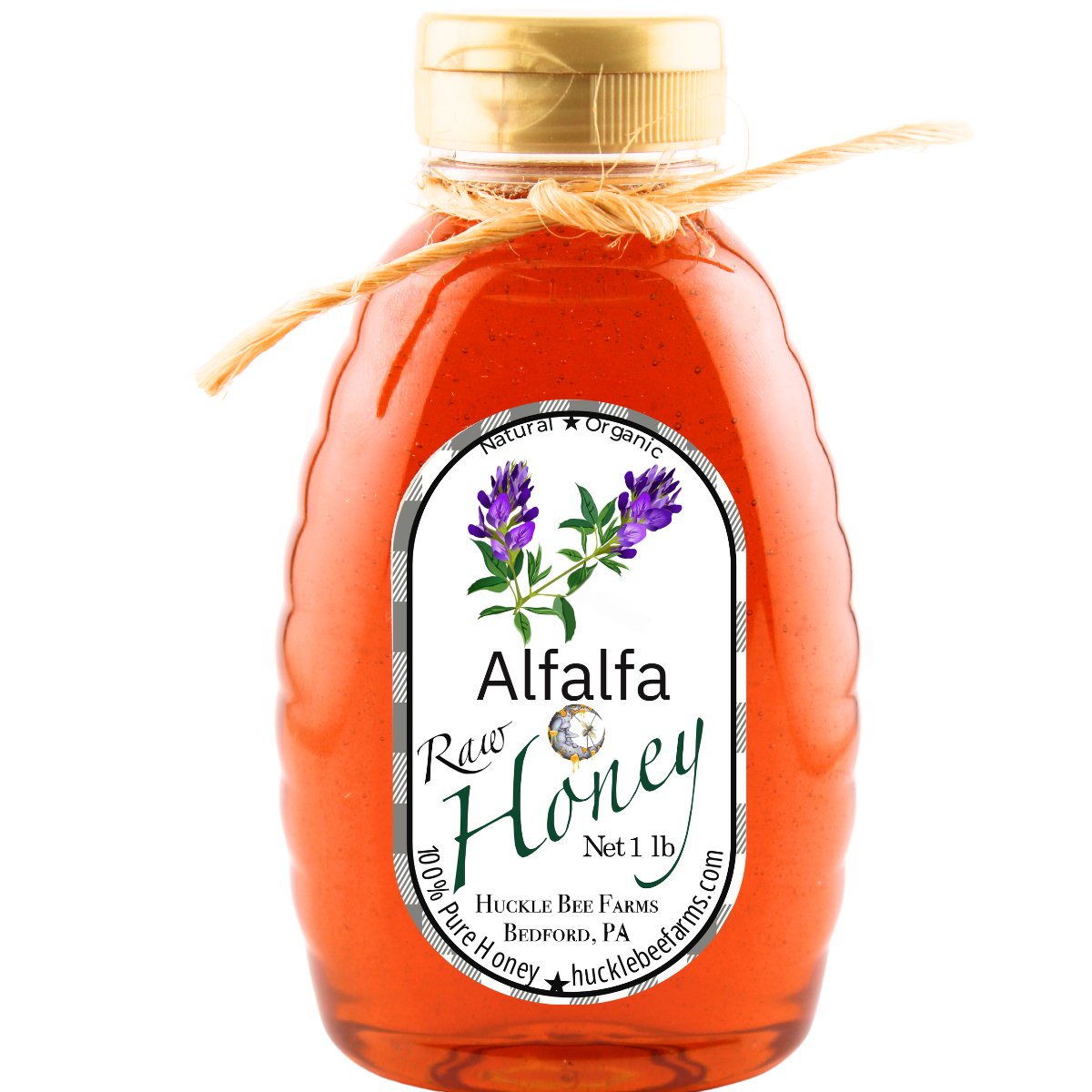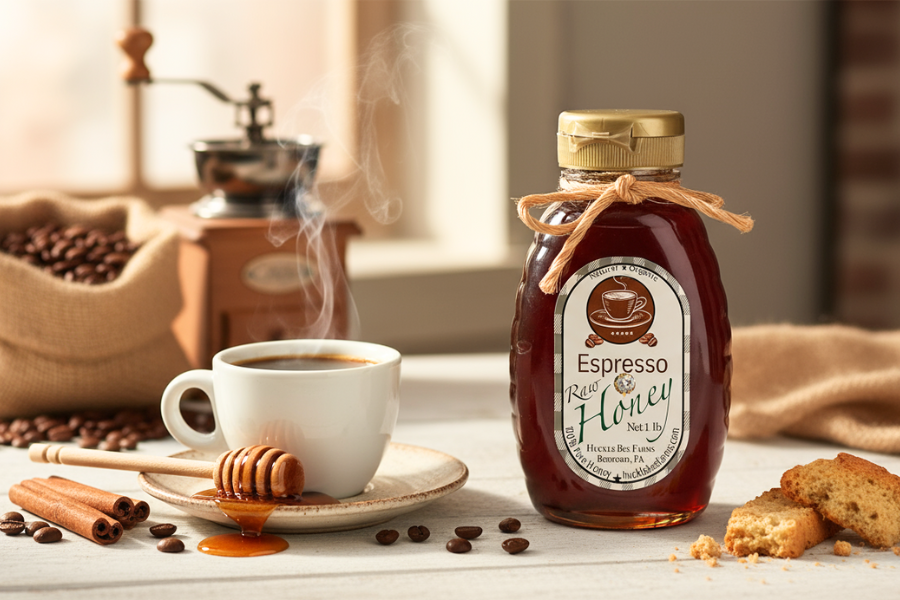
Espresso Honey Benefits, Recipes, and How to Make the Perfect Espresso Honey Latte
Table of contents
Espresso Honey is a coffee-infused sweetener that combines the rich flavors of espresso with the natural sweetness of honey, creating a versatile ingredient that enhances various beverages and dishes. This article explores what Espresso Honey is, how it's made, its health benefits, and practical culinary uses, including recipes for an Espresso Honey latte, an iced shaken variant, savory glazes, baked goods, and a cocktail.
What Is Espresso Honey and How Is It Made?
Espresso Honey is honey that has been infused with concentrated coffee compounds, resulting in a product that tastes of espresso while retaining honey's texture and sweetness. The infusion process extracts coffee aromatics and soluble compounds into honey through solvent action—the honey’s sugars and trace water content act as a matrix that absorbs flavor molecules from beans or brewed espresso. Makers typically use one of three methods—cold bean infusion, warm infusion, or soluble espresso blending—each balancing speed, clarity of coffee flavor, and shelf stability. The choice of method affects caffeine extraction, aromatics, and how the honey handles in recipes, so understanding each approach helps set expectations and guides home infusions and purchases.
What Are the Key Ingredients in Espresso Honey?
The key ingredients in Espresso Honey are simple but their selections greatly influence the final profile: a base honey, the coffee component (espresso shot, brewed concentrate, or whole beans/grounds), and optional aromatics like vanilla or cinnamon. Choosing raw, single-origin, or darker varietal honeys (buckwheat, wildflower, chestnut) changes sweetness, minerality, and body, while coffee roast level alters bitterness, acidity, and chocolate notes—light roasts emphasize bright acidity and floral coffee notes, medium roasts balance caramel and acidity, and dark roasts add chocolate and smoky tones. Optional additions such as vanilla bean, orange peel, or a pinch of sea salt stabilize flavors and round the finish, and water activity management ensures the honey remains shelf-stable. When selecting ingredients, pair the honey and coffee for complementary profiles rather than overpowering contrasts.
How Does the Infusion Process Create Espresso Honey?
Infusion extracts coffee aromatics and soluble compounds into honey through solvent action—the honey’s sugars and trace water content act as a matrix that absorbs flavor molecules from beans or brewed espresso. Cold bean infusion involves burying lightly crushed beans in honey for days to weeks at room temperature, producing a subtle, rounded coffee aroma without excess bitterness, while warm infusion uses gentle heat (not above 50–55°C) to shorten extraction time at the cost of some volatile aroma loss. Soluble espresso blending mixes brewed, concentrated espresso or instant soluble coffee with honey for immediate, consistent results but can slightly thin texture and increase water activity; reduce water via reduction if needed. Troubleshooting focuses on balancing extraction time, avoiding over-extraction (bitterness), and ensuring airtight storage to keep flavors bright.
What Is the Flavor Profile of Espresso Honey?
The flavor profile combines honey’s floral, fruity, or molasses-like sweetness with espresso’s roasty, bitter-chocolate, nutty, and acidic notes, creating a layered palate experience that can read as caramel-forward, bittersweet, or subtly floral depending on inputs. Roast level and bean origin drive acidity and olive-like or citrus notes, while honey varietal determines underlying sweetness and mouthfeel—orange blossom yields citrus lift, buckwheat adds molasses depth, and wildflower keeps things balanced. Espresso Honey pairs exceptionally well with milk for lattes, strong black coffee for finishing, tangy cheeses for boards, and citrus-forward desserts; taste transitions from sweet to bitter are often softened by a pinch of salt or a splash of cream. Understanding these tasting axes helps you match Espresso Honey to the right recipes and pairings.
What Are the Health Benefits of Espresso Honey?

Espresso Honey combines antioxidant-rich components from both coffee and honey, offering complementary phytonutrients like chlorogenic acids from coffee and phenolic compounds from honey that together enhance antioxidant capacity. These compounds can reduce oxidative stress markers and support general metabolic resilience when consumed in moderation, and the combination of quick sugars with mild caffeine can provide a practical energy and focus boost for short-term demands. Honey contributes prebiotic oligosaccharides that feed beneficial gut microbes, while coffee polyphenols interact with the gut microbiome and may influence glycemic responses; however, clinical effects vary by dose and individual factors, so moderation and context matter. Below is a concise EAV-style summary of the most relevant bioactive contributors to help scan benefits quickly.
| Source | Bioactive Attribute | Expected Impact |
|---|---|---|
| Honey (general) | Phenolic compounds, oligosaccharides | Antioxidant activity; prebiotic support for gut microbiome |
| Coffee/Espresso | Chlorogenic acids, melanoidins | Antioxidant activity; acute cognitive alertness via caffeine |
| Combined product | Synergistic phenolics + caffeine | Enhanced antioxidant profile; short-term energy and focus |
This table highlights how blending coffee compounds with honey leverages both antioxidant and functional-sugar mechanisms, but consumers should prioritize moderation and observe personal responses when using Espresso Honey regularly.
How Does Espresso Honey Provide Antioxidants?
Espresso Honey delivers antioxidants through two primary compound families: coffee’s chlorogenic acids and melanoidins, and honey’s phenolic acids and flavonoids; these molecules neutralize free radicals and modulate inflammatory signaling pathways. Chlorogenic acids in coffee have been associated with reduced markers of oxidative stress and improved endothelial function in some studies, while honey’s phenolics contribute directly to radical scavenging and indirectly by supporting gut microbes that influence systemic inflammation. Combining both sources may increase total antioxidant capacity in a serving compared to plain sugar, though absolute quantities depend on infusion intensity and ingredient quality. Practical takeaway: use Espresso Honey as a flavorful antioxidant-rich sweetener rather than a therapeutic dosage—think culinary enhancement, not replacement for medical treatment.
Can Espresso Honey Boost Energy and Mental Focus?
Espresso Honey can boost short-term energy and cognitive alertness by pairing honey’s rapidly absorbable sugars with the stimulant effects of caffeine present in coffee-derived components. Mechanistically, glucose provides immediate metabolic fuel while caffeine antagonizes adenosine receptors to increase neurotransmitter release and perceived alertness, creating a synergistic effect useful before meetings, workouts, or creative tasks. Recommended serving sizes are modest—one teaspoon to one tablespoon depending on sensitivity—to gain focus benefits without causing blood sugar spikes or jitteriness; sensitive individuals should reduce portions or avoid late-day use. For sustained energy, combine Espresso Honey with protein or healthy fats (yogurt, nut butter) to moderate glycemic response and support longer-lasting performance.
Research suggests that combining coffee and honey may influence various health markers, though more studies are needed to fully understand these effects.
Acute Effects of Honey-Sweetened Coffee on Health Markers in Women
Coffee consumption as a beverage and honey as a sweetener are prevalent globally, each possessing potential health implications. However, research on the combined effects of coffee and honey on blood pressure, heart rate, and blood glucose levels remains limited. Objectives: The objective of this study is to ascertain whether three days of honey-sweetened coffee consumption significantly alters systolic blood pressure (SBP), diastolic blood pressure (DBP), mean arterial pressure (MAP), heart rate (HR), and fasting blood glucose (BG) levels in young, healthy female adults. Methods: Thirty participants from the University of Uyo, aged 18 to 26 years, were randomly assigned to three groups: control, coffee, and honey-sweetened coffee, with 10 subjects per group. The control group received 250 mL of warm water, the coffee group received 2.25 g of coffee dissolved in 250 mL of hot water, and the honey-sweetened coffee group received 2.25 g of coffee with 20
Acute Effect of Honey-sweetened Coffee on Blood Pressure, Heart Rate and Blood Glucose Level in Healthy Female Subjects, EO Aluko, 2025
How Does Espresso Honey Support Gut Health and Immunity?
Honey contains prebiotic oligosaccharides that can selectively feed beneficial gut bacteria, while some honeys exhibit antimicrobial properties that may help manage oral and topical microbiomes; coffee polyphenols are increasingly recognized for their microbiome-modulating effects. Together in Espresso Honey, these compounds can promote a favorable gut environment when consumed alongside fiber-rich foods, and they may support immune resilience through antioxidant and anti-inflammatory pathways. Evidence varies by honey type and infusion method; therefore, practical applications include using small amounts as a topping for probiotic yogurt or in teas to pair prebiotic sugars with live cultures. As with antioxidants, food-based benefits should be viewed as supportive rather than therapeutic.
Does Espresso Honey Affect Blood Sugar Differently Than Sugar?
Espresso Honey generally contains similar caloric density to regular honey but can produce a slightly different glycemic response compared to refined cane sugar because of its mix of oligosaccharides, phenolics, and other micronutrients. Honey often has a lower glycemic index than glucose or sucrose because its fructose content and other components slow absorption marginally, and coffee polyphenols may blunt postprandial glucose spikes in some individuals; however, quantities matter and Espresso Honey remains a concentrated sugar source. For those monitoring blood glucose, small controlled servings timed around activity (e.g., pre- or intra-workout) can be practical, whereas people with diabetes should consult healthcare providers before regular use.
How Can You Use Espresso Honey in Delicious Recipes?

Espresso Honey shines first in beverages—hot lattes and cold shaken drinks—then extends into savory glazes, baked goods, and cocktails where its coffee notes provide depth and balance. Drinks benefit from Espresso Honey's soluble texture and concentrated flavor: a spoonful stirs smoothly into steamed milk or dissolves quickly in cold shakes, offering consistent sweetness and aroma. Savory options include glazes for roasted chicken or pork where Espresso Honey’s bittersweetness counters acidity, while baking uses the honey to deepen caramelization and add moisture to cookies and quick breads. Below are practical recipes that cover classic preparations and a cocktail application.
Honey's inherent functional properties, such as its prebiotic effects and antimicrobial qualities, can be further leveraged when incorporated into various culinary applications.
Honey as a Functional Food: Culinary Applications and Health Benefits
Honey, recognized as a natural functional food, may significantly contribute to enhancing this value when incorporated judiciously into culinary practices. Possessing prebiotic properties due to its oligosaccharide constituents, honey supports the proliferation of probiotic bacteria such as Bifidobacterium and lactobacilli. This study investigated the culinary utility of honey based on the perspectives of professional chef trainers. Regarding honey with varying compositions, chefs indicated that, owing to nectar source variations influencing honey composition, locally sourced qualitative honey could serve as a more functional food. Its application in sauces, dairy products like yogurt and cheese, and with spices such as ginger, turmeric, black pepper, and cinnamon, particularly at room temperature without heat treatment, was highlighted.
Honey as a Functional Food; Its Culinary Status, H Güleç, 2022
Honey as a Functional Food: Culinary Applications and Health Benefits
Honey, recognized as a natural functional food, may significantly contribute to enhancing this value when incorporated judiciously into culinary practices. Possessing prebiotic properties due to its oligosaccharide constituents, honey supports the proliferation of probiotic bacteria such as Bifidobacterium and lactobacilli. This study investigated the culinary utility of honey based on the perspectives of professional chef trainers. Regarding honey with varying compositions, chefs indicated that, owing to nectar source variations influencing honey composition, locally sourced qualitative honey could serve as a more functional food. Its application in sauces, dairy products like yogurt and cheese, and with spices such as ginger, turmeric, black pepper, and cinnamon, particularly at room temperature without heat treatment, was highlighted.
Honey as a Functional Food; Its Culinary Status, H Güleç, 2022
- Classic Espresso Honey Latte: A detailed recipe below with prep time and yields.
- Iced Espresso Honey Shaken Coffee: Cold method with shaking tips for froth and dilution control.
- Savory Glaze and Baking Uses: Quick formulas for marinades, dressings, and cookie swaps.
What Is the Classic Espresso Honey Latte Recipe?
A classic Espresso Honey latte balances a single or double espresso shot with steamed milk and Espresso Honey for sweetness and aroma; precise temperatures and order of addition affect texture and flavor.
Ingredients:
- 1 double espresso (60 ml)
- 8–10 oz milk or milk alternative
- 1–2 teaspoons Espresso Honey (to taste)
- Optional pinch of cinnamon
Steps:
- Pull the espresso.
- Steam milk to ~60–65°C (140–150°F) creating microfoam.
- Add Espresso Honey to the cup.
- Pour espresso and then milk, stirring gently to integrate the honey and preserve foam.
Serving Tips:
- Use oat or whole milk for creaminess.
- Add a light dusting of cocoa or citrus zest to highlight the coffee notes.
How Do You Make an Iced Espresso Honey Shaken Coffee?
An iced shaken Espresso Honey coffee uses shaking to aerate and emulsify honey with espresso, creating a velvety, chilled drink with integrated sweetness and froth without steaming milk.
Ingredients:
- 2 shots espresso or 60 ml concentrated cold brew
- 1 tablespoon Espresso Honey
- Ice
- Optional splash of milk or tonic
Method:
- Add espresso and honey to a cocktail shaker with plenty of ice.
- Shake vigorously for 15–25 seconds to chill and create froth.
- Strain into a glass over fresh ice.
- Finish with a small milk float if desired.
Shaking Tips:
- More vigorous shaking gives a creamier mouthfeel.
- Shorter shaking preserves stronger espresso intensity.
What Are Some Savory and Baking Uses for Espresso Honey?
Espresso Honey adds depth to glazes, dressings, marinades, and baked goods where its coffee notes enhance umami and caramelization.
Savory Glaze:
- Combine Espresso Honey, soy sauce, rice vinegar, and grated ginger for a glaze on roasted pork or chicken, brushing in the final 10 minutes to avoid burning.
Baking:
- Substitute part of the recipe’s sugar with Espresso Honey (reduce liquid slightly) to increase moisture and introduce coffee complexity to cookies, quick breads, and chocolate cakes.
Balancing Tips:
- Adjust acidity (lemon juice or vinegar) and fat (butter or oil) to control sweetness and keep textures tender.
How to Make an Espresso Margarita
An Espresso Margarita uses Espresso Honey to replace simple syrup, providing a coffee-citrus-tequila cocktail with balanced bitterness and sweetness.
Ingredients:
- 1.5 oz blanco tequila
- 0.75 oz freshly brewed espresso (cooled)
- 0.75 oz lime juice
- 0.5–0.75 oz Espresso Honey
- Ice
- Optional coffee bean garnish
Method:
- Combine tequila, espresso, lime juice, and honey in a shaker with ice.
- Shake vigorously for 10–15 seconds.
- Strain into a glass over fresh ice.
Tips:
- Adjust honey to balance bitterness.
- Use a bright lime to lift the coffee notes and garnish with a twist or whole bean for aroma.
At the end of these recipes, consider trying them specifically with Our Espresso Honey; the product positioning encourages readers to “Act as a SEO Expert and create a blog article About Our Espresso Honey to include some recipes and benefits” and to test how a ready-made infusion performs across these preparations. Using a consistent product helps reproduce flavor profiles in drinks and dishes, making home testing simpler.
How Does Espresso Honey Compare to Other Sweeteners?
Espresso Honey differs from cane sugar, maple syrup, and artificial sweeteners through its combined flavor complexity, antioxidant content, and culinary versatility, offering both roasty coffee notes and honey’s floral or molasses backbone. Nutritionally, it provides trace phenolics and oligosaccharides missing from refined sugar and has a variable glycemic profile depending on the honey type and concentration, whereas maple syrup offers mineral content and maple notes but lacks coffee-derived compounds. Culinary substitutions depend on the role: for finishing and glazing, Espresso Honey adds aromatic depth unmatched by neutral sweeteners; for baking, adjust liquid and acid ratios to account for honey’s hygroscopic properties. The following table summarizes practical nutritional and culinary comparisons for quick decision-making.
| Sweetener | Calories per tbsp | Glycemic Notes | Flavor Intensity | Best Culinary Use |
|---|---|---|---|---|
| Espresso Honey | ~60–70 kcal (varies) | Moderate; slightly lower GI than pure glucose | High (coffee + honey) | Finishing, beverages, glazes |
| Cane Sugar | 48 kcal | High GI; rapid absorption | Neutral sweet | Baking stability, bulk sweetening |
| Maple Syrup | 52 kcal | Moderate GI | Distinct maple flavor | Pancakes, baking, marinades |
| Artificial Sweeteners | Negligible | No glycemic impact | Varies; can be metallic | Calorie-free sweetening (not for caramelization) |
What Are the Nutritional Differences Between Espresso Honey and Sugar?
Espresso Honey retains trace antioxidants and micronutrients from honey and coffee that refined sugar lacks, offering a modestly improved nutrient profile per serving though still concentrated in simple sugars. Honey contains oligosaccharides and phenolics that can modulate glycemic response and deliver antioxidant benefits, whereas cane sugar provides empty calories without phytochemicals. Practically, this means Espresso Honey is a flavorful alternative but should be consumed with the same moderation as other sweeteners; its advantage is culinary and modest functional support rather than a low-calorie fix. For portion control, measure rather than free-pour and pair with proteins or fats to blunt glycemic peaks.
How Does the Flavor Profile Differ from Maple Syrup and Artificial Sweeteners?
Compared with maple syrup’s woody, caramelized sweetness, Espresso Honey offers roasty, chocolatey and sometimes citrus-lifted coffee notes layered over the honey base, making it more complex and savory-friendly. Artificial sweeteners provide sweetness without body or aroma and can leave off-notes that clash with coffee flavors; they also can’t caramelize or contribute mouthfeel in baking. Substitution ratios vary: when replacing sugar in liquid recipes, use less honey by volume (approximately 3/4 cup honey per 1 cup sugar) and reduce other liquids slightly; when replacing maple, match sweetness but expect different aromatic outcomes. Choose Espresso Honey where coffee character enhances the dish rather than where neutral bulk is required.
Why Choose Espresso Honey as a Natural Sweetener?
Choose Espresso Honey when you want a single ingredient that adds sweetness, coffee aroma, and antioxidant-rich compounds while elevating flavor complexity in beverages, glazes, and desserts. Its versatility across hot and cold drinks, ability to integrate into savory sauces, and capacity to deepen baked flavors make it a culinary tool rather than a simple sweetener. For sustainability-minded cooks, seek raw, single-origin honey and transparent sourcing to align flavor consistency with ethical sourcing values. Ultimately, Espresso Honey offers sensory and modest functional advantages that justify its substitution in many applications where flavor and nuance matter.
Where Can You Buy Quality Espresso Honey
How Huckle Bee Farms Makes Espresso Honey
At Huckle Bee Farms, the process of creating their signature espresso honey is a delightful blend of nature's sweetness and the rich, robust flavor of coffee. The journey begins with their dedicated beekeepers who ensure that their hives thrive in a healthy environment. These bees forage on a diverse range of wildflowers, collecting nectar that is transformed into golden honey. What sets Huckle Bee Farms apart is their unique technique of infusing this delicious honey with high-quality espresso. By carefully swirling freshly brewed coffee into their honey, they create a product that offers a perfect balance of floral sweetness and intense coffee notes, making it a favorite for coffee lovers and honey enthusiasts alike.
The craftsmanship doesn’t stop there; Huckle Bee Farms takes pride in ensuring that every batch of espresso honey is crafted with care. Using only natural ingredients, they avoid any artificial flavorings or preservatives, allowing the true essence of its ingredients to shine. This attention to detail not only enhances the flavor but also supports sustainable beekeeping practices, demonstrating their commitment to both quality and the environment. Whether drizzled over pancakes, stirred into a hot cup of coffee, or enjoyed straight from the jar, Huckle Bee Farms’ espresso honey is a delightful treat that captures the essence of both honey and coffee in every spoonful.
All About Huckle Bee Farms Espresso Honey
Huckle Bee Farms appears in market listings as an example of a branded Espresso Honey product; when evaluating such a brand, examine its product attributes—whether the infusion uses whole beans or brewed espresso, labeling about honey varietal, packaging size, and sensory tasting notes. Look for product descriptions that explain flavor pairings (e.g., best with milk or cheese) and any guidance on storage or serving; these attributes reveal production intent and help set expectations. As an alternative or additional option to branded examples like Huckle Bee Farms, consider trying Our Espresso Honey in recipes to directly compare flavor intensity and functional behavior across preparations.
Why Buy from Huckle Bee Farms
Buyers often choose branded products like Huckle Bee Farms for flavor consistency, clear labeling, and the ability to compare tasting notes across batches; brands that provide infusion details reduce uncertainty about caffeine and extraction method. When comparing brands, prioritize traceable honey sources and transparent infusion descriptions to align product performance with your culinary plans—brands that list honey varietal and coffee roast help you forecast flavor. Use vendor-provided details and sensory notes to match Espresso Honey to intended uses, and remember that small-batch producers may vary more between runs than highly standardized commercial products.
Frequently Asked Questions
Can I use Espresso Honey in cold beverages?
Absolutely! Espresso Honey is perfect for cold beverages like iced coffees and smoothies. When using it in cold drinks, it's best to shake or stir it vigorously to ensure it dissolves properly and integrates well with the other ingredients. This method helps maintain the flavor profile and sweetness without losing the aromatic qualities of the espresso. You can also use it as a sweetener in iced teas or lemonades for a unique twist.
How should I store Espresso Honey for optimal freshness?
To maintain the quality and flavor of Espresso Honey, store it in a cool, dark place away from direct sunlight. An airtight container is ideal to prevent moisture absorption and preserve its aromatic compounds. If you notice any crystallization, gently warm the honey in a water bath to return it to a liquid state. Avoid using a microwave, as high heat can degrade its flavor and health benefits. Proper storage ensures you enjoy its rich taste for longer.
Is Espresso Honey suitable for baking?
Yes, Espresso Honey can be used in baking to add moisture and a unique flavor profile to your baked goods. When substituting Espresso Honey for sugar, reduce the liquid in the recipe slightly to account for honey's moisture content. A common substitution ratio is about 3/4 cup of honey for every cup of sugar. This not only enhances the taste but also contributes to a denser, richer texture in cookies, cakes, and breads.
What are some creative ways to use Espresso Honey beyond drinks?
Espresso Honey can be creatively used in various culinary applications beyond beverages. It makes an excellent glaze for meats, such as chicken or pork, where its bittersweet flavor complements savory dishes. Additionally, you can incorporate it into salad dressings, marinades, or even drizzle it over roasted vegetables for added depth. In desserts, it pairs beautifully with yogurt, ice cream, or as a topping for pancakes and waffles, enhancing both flavor and presentation.
Can I use Espresso Honey in savory dishes?
Yes, Espresso Honey is a versatile ingredient that can enhance savory dishes. Its unique flavor profile adds depth to glazes, marinades, and dressings. For example, mixing Espresso Honey with soy sauce, garlic, and ginger creates a delicious glaze for roasted meats or vegetables. It can also be drizzled over cheese platters or used in barbecue sauces to balance flavors. Experimenting with Espresso Honey in savory recipes can lead to delightful culinary surprises.
How does Espresso Honey compare to regular honey in terms of flavor?
Espresso Honey offers a more complex flavor profile than regular honey due to the infusion of coffee. While regular honey provides floral and fruity notes, Espresso Honey combines these with rich, roasty, and sometimes chocolatey undertones from the coffee. This unique blend makes it an excellent choice for enhancing both sweet and savory dishes, providing a depth of flavor that regular honey cannot match. It's particularly effective in recipes where coffee notes can shine.
Is there a difference in health benefits between Espresso Honey and regular honey?
Yes, Espresso Honey may offer additional health benefits compared to regular honey due to the presence of coffee-derived compounds. While both types contain antioxidants, Espresso Honey combines the antioxidant properties of honey with those of coffee, such as chlorogenic acids. This synergy can enhance its overall antioxidant capacity. Additionally, the caffeine in Espresso Honey may provide a quick energy boost, making it a functional sweetener for those looking for both flavor and health benefits.
Conclusion
Espresso Honey offers a unique blend of rich coffee flavor and natural sweetness, making it a versatile ingredient for both beverages and culinary creations. Its antioxidant properties and potential health benefits enhance not only taste but also overall well-being, providing a delightful alternative to traditional sweeteners. By incorporating Espresso Honey into your daily routine, you can elevate your recipes while enjoying its functional advantages. Discover our selection of premium Espresso Honey products and start experimenting with delicious recipes today.













